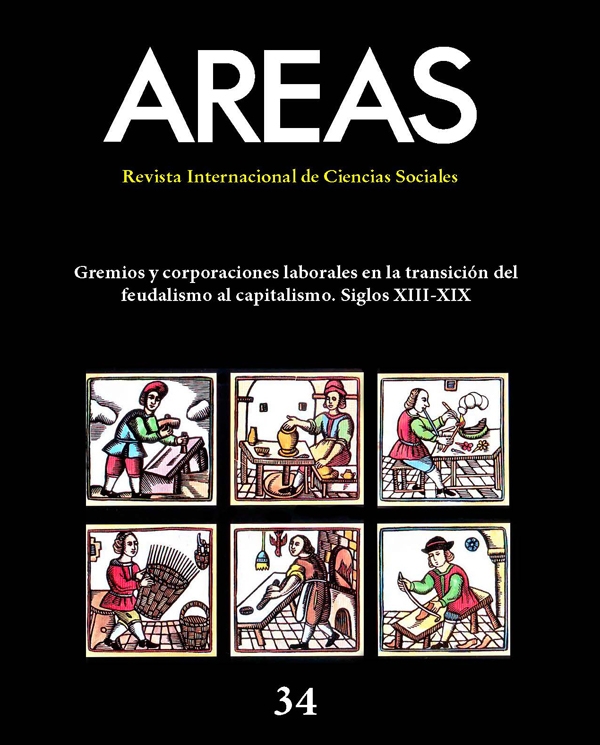THE GUILD APPRENTICE IN THE 18TH CENTURY-BARCELONA
Supporting Agencies
- Proyecto de investigación “Ciudades
- gentes e intercambios en la Monarquía Hispánica
- política económica
- cambio institucional y desarrollo de los mercados”
- Ministerio de Educación y Ciencia (Ref
- HAR2012-39034-C03-02)
Abstract
The objective of this paper, which is the result of the first phase of an ongoing research, is to make an approach to apprenticeship in the second half of the 18th century. At this time the guild system, so strong and stable during previous centuries, began to show signs of decline. The information sources used are basically “books of apprentices” generated by corporations and other supplementary sources from the Junta de Comercio de Barcelona and the Hospital de la Misericordia. First, we will examine some of these signs of decline and their effects on apprenticeship, the basic regulations relating to apprenticeship that were reflected in guild ordinances and their implications for human capital formation. Second, some data on apprentices (place of origin, father’s occupation, age) of two corporations (silk twisters and masons) will be analyzed, as well the relationship between orphanhood, poverty and apprenticeship. The paper ends with some notes on the living conditions of apprentices based on some contemporary texts.Downloads
Download data is not yet available.
Metrics
Views/Downloads
-
Abstract884
-
PDF (Español (España))739
28-12-2015
Moreno Claverías, B. (2015). THE GUILD APPRENTICE IN THE 18TH CENTURY-BARCELONA. Areas. International Social Science Journal, (34), 63–75. Retrieved from https://revistas.um.es/areas/article/view/247171
Artículos
The published works by this Journal are subject to the following terms:
1. The Publication Service of the University of Murcia (the Editor) owns the copyright of its publications. It promotes and allows its use under the indicated licence in Section 2.
© Servicio de Publicaciones, Universidad de Murcia, 2011
2. Papers are digitally published under the licence Creative Commons Reconocimiento-NoComercial-SinObraDerivada 3.0 España (legal text). They can be copied, used, disseminated, transferred and publically presented if: i) the author is quoted, as well as the original source of publication (Journal, editorial and URL); ii) they are not used for commercial purposes; iii) the licence of use is mentioned.
3. Auto-file Conditions. It is allowed and authors are encouraged to digitally disseminate their pre-print versions (versions prior to review) and/or post-print (reviewed version accepted for its publication) since it promotes its early diffusion and the corresponding increase of quotes and scope within the academic community. RoMEO Colour: green.


